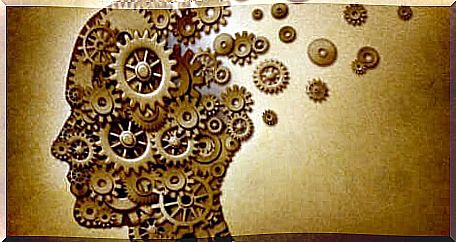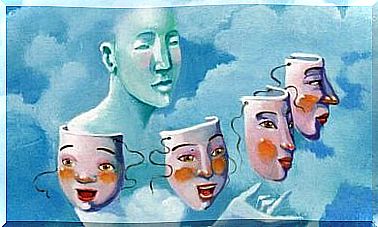What Do We Achieve By Training Our Memory?

Many studies support the fact that age can lead to cognitive impairment. With this in mind, can we achieve anything by training our memory? Is it beneficial in both the short and long term?
Age does not affect all people, not even memory. We tend to keep the procedural memory, the memories related to distant or emotionally intense memories, best. Functional memory, on the other hand, is perhaps the one that suffers the most.
Shared attention, forgetting recent events, poor use of coding strategies, and omission or misuse of verbal or visual cues to retrieve information have also been identified, along with a negative perception of one’s own performance and the potential for improvement (Craik, 1977; Parkin, 1987; Montenegro 1998a).

Is it important to train our memory?
The term memory training is a modern concept that experts have known as the art of memory for centuries. In fact, it is derived from Simonides from Keos (5th century BC) and the Loci method.
Later, other authors used terms such as artificial memory, natural memory, and memory with images. Moreover, memory is connected to magical and philosophical and ideological ideas.
Memory training has beneficial effects, both in healthy elderly people and in elderly people with cognitive impairment. Today, there are many techniques to improve memory, such as rehabilitation, stimulation and exercise.
In the 1970s, several programs and studies focused on memory training to address trauma loss, early dementia, and aging. Today, experts use various tools, such as stimulation, group therapy, rehabilitation, learning or computer rehabilitation.
The use of these tools depends on the person’s needs, but also on the professional’s resources and knowledge.
The differences between rehabilitation and training
The two most common terms are rehabilitation and training. Training is the systematic learning of knowledge and the use and control of processes, strategies, techniques and experiences involved in the memory function, as well as the improvement of performance.
On the other hand, rehabilitation is an intervention with the aim of restoring optimal levels of function (personal, social and professional) after an illness that has caused an injury or a malfunction.
Therefore, rehabilitation is used in sick people, while exercise can be used by both sick and healthy people.
In addition, exercise is used in people who have disorders that may be the subject of clinical attention, as stated in DSM V (2013), “memory loss due to age, for age-related cognitive decline, etc.”.
How to train our memory?
Memory training can be classified according to different criteria (Montejo Carrasco, 2015):
- The content they work with and the proposed goals. One-factor or multifactorial.
- Number of people to work with. Individuals or groups.
- Type of strategies used. Internal strategies (visualization, affiliation…), external strategies (notebooks, colors, mind maps, sorting…), and those that use both types of elements.
- Type of memory used (either explicit or implicit).
Experts often choose group training for older people. In addition to memory, this reinforces the social context, a context in which older people also have to deal with important losses, such as friends and acquaintances of their own age.
In addition, the general application in daily life and to achieve results from trained functions works better with this method. This methodology is preferable due to the beneficial effects of group work. Also, it is more profitable for experts, since you can work with more people in less time.
To train our memory
It seems that with exercise, certain areas of our brain can accumulate a certain cognitive reserve that can protect us from age-related deterioration.
Neuroscientist Rita Levi-Montalcini once said that plastic in the brain, or neuroplasticity, remains constant throughout life, but only if the brain exercises.
By training our memory, we thus make a profitable investment in age-related cognitive decline. The most optimistic data suggest that it may have a positive effect in 63% of cases and act as a protective factor in up to a third of Alzheimer’s cases.









